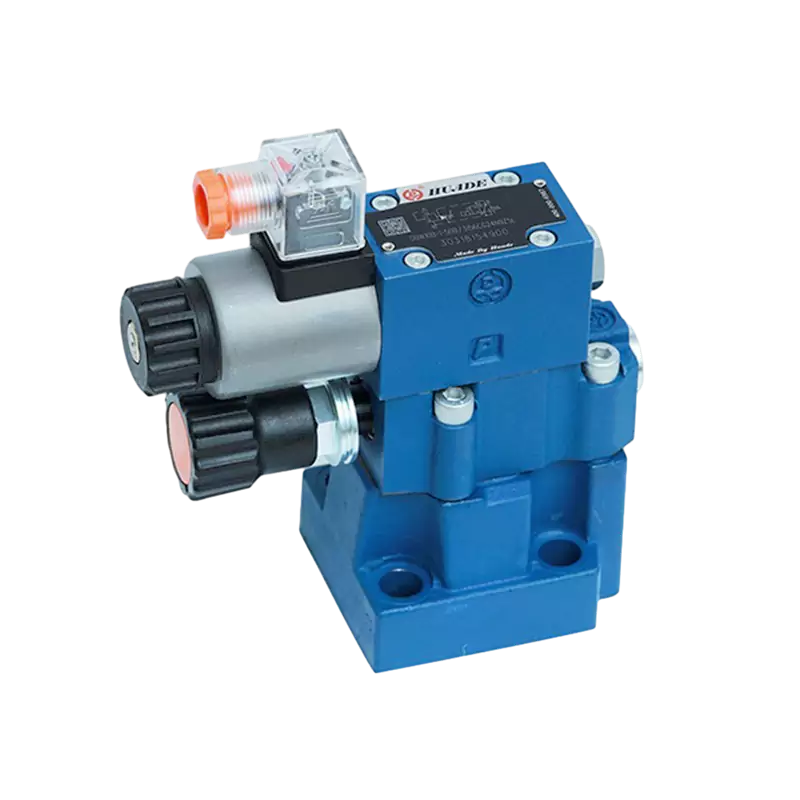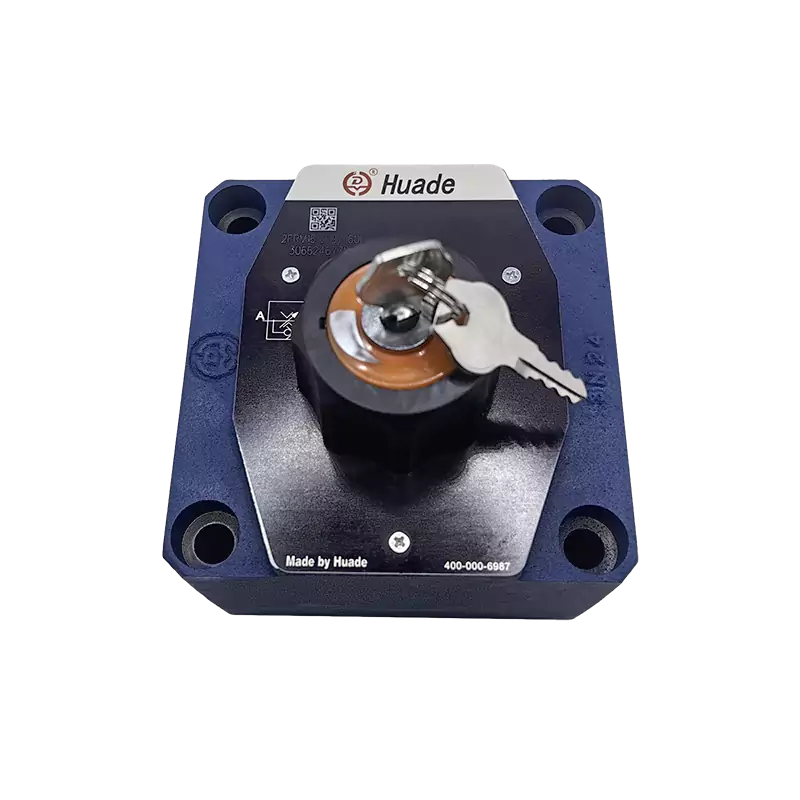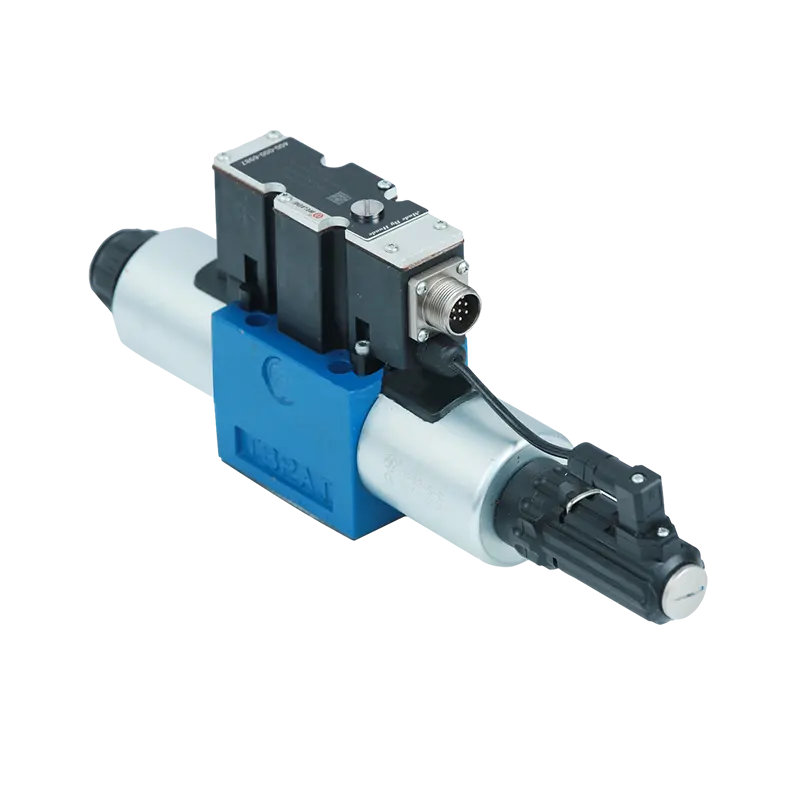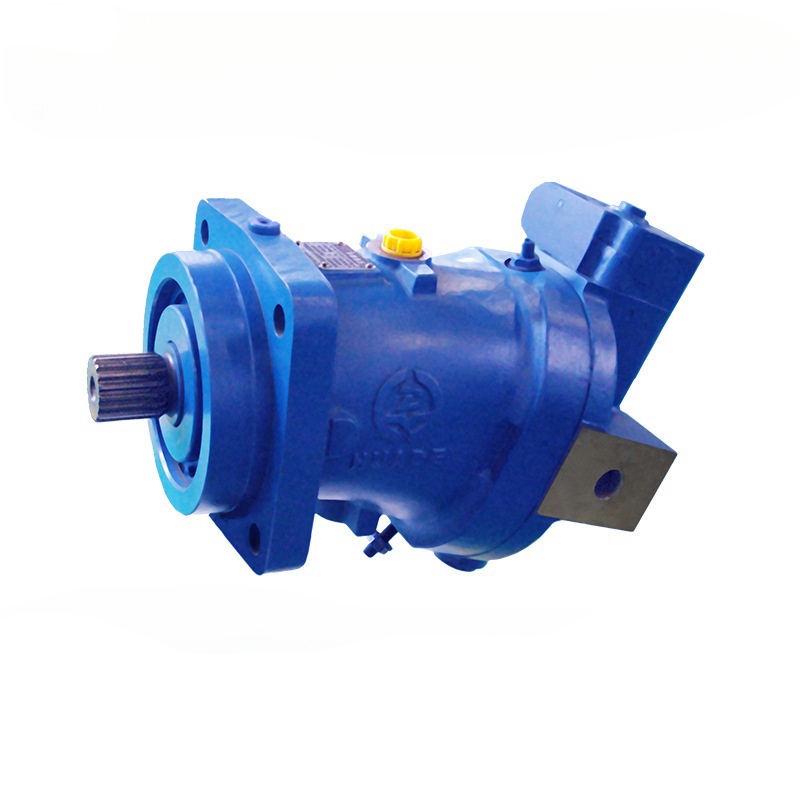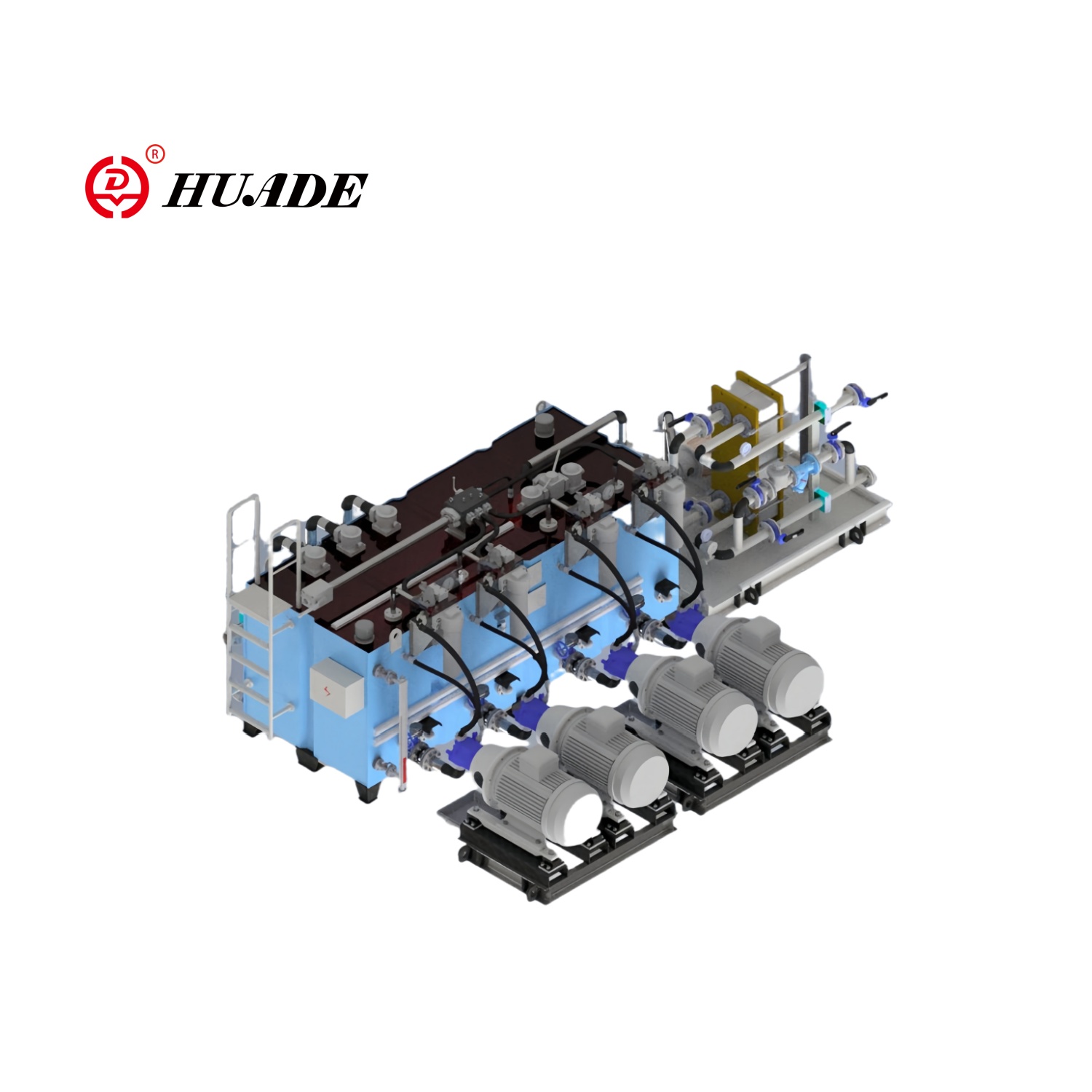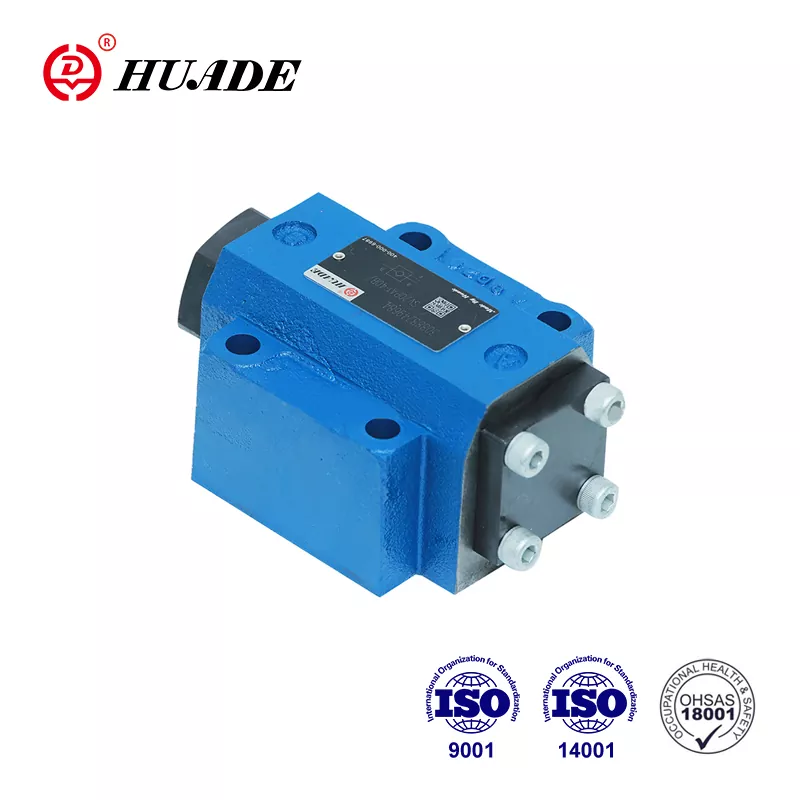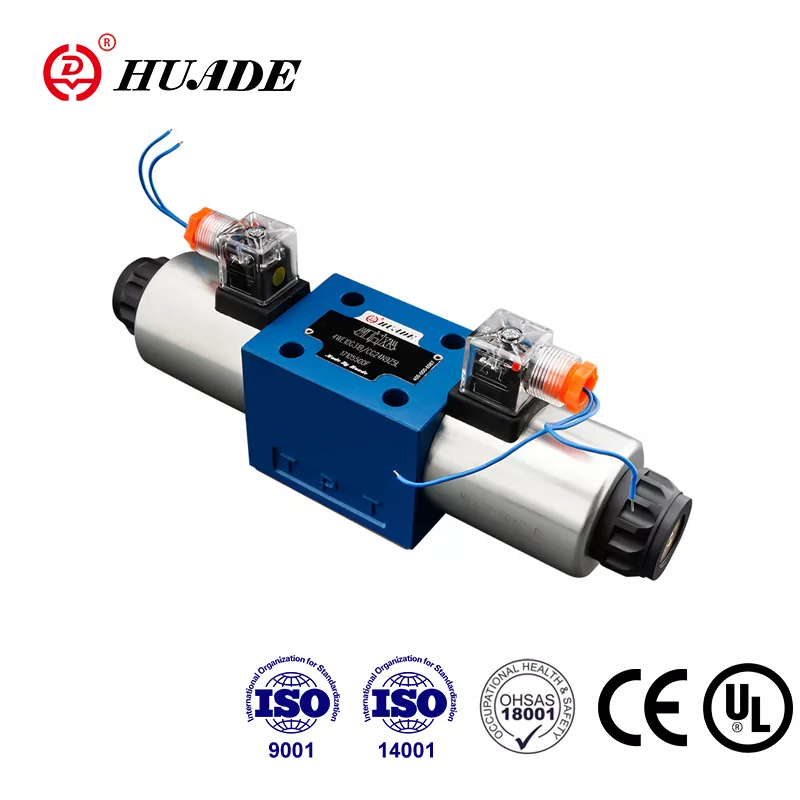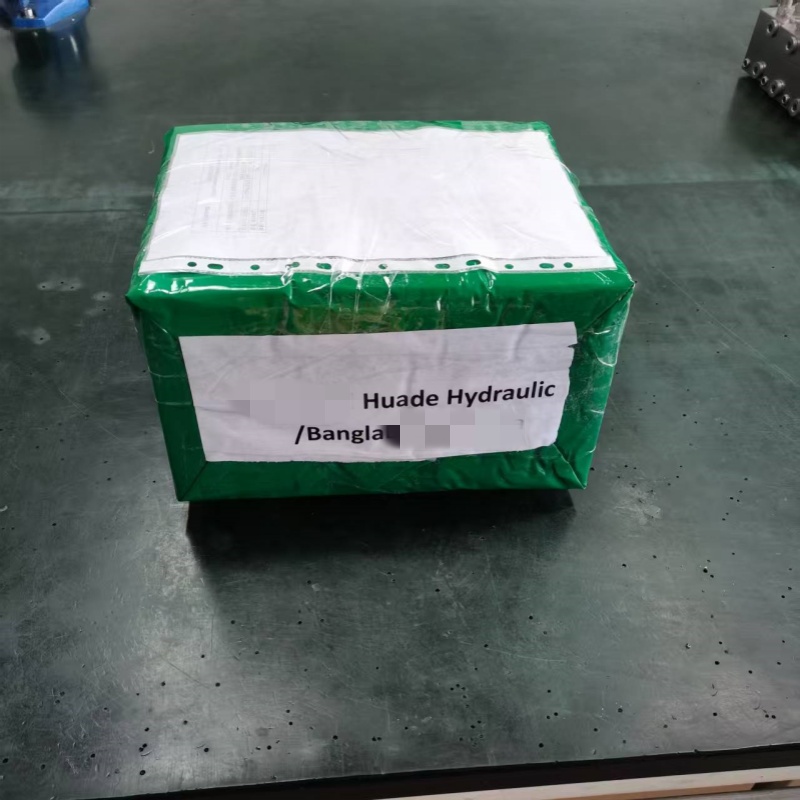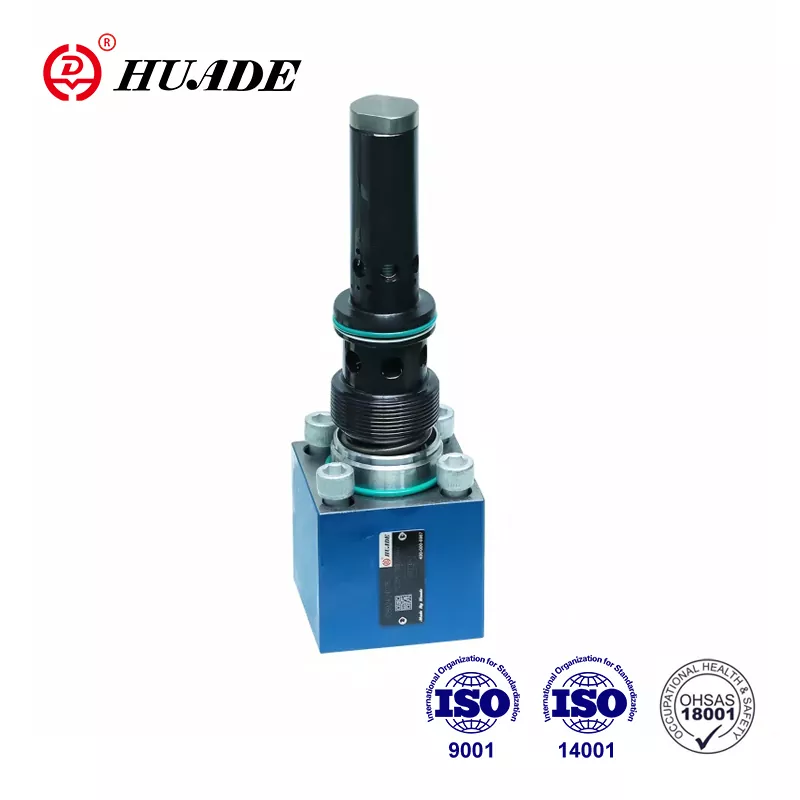
Hydraulic systems power everything from construction equipment to factory machines. At the heart of these systems are flow control valves - small but mighty components that control how fast hydraulic fluid moves through the system. Think of them as the traffic controllers of the hydraulic world.
But what exactly are these valves, and why are there so many different types? Let's break it down in simple terms.
What Do Hydraulic Flow Control Valves Actually Do?
Imagine you're watering your garden with a hose. When you squeeze the nozzle, less water comes out, and your sprinkler moves slower. When you open it up, more water flows, and everything moves faster. Hydraulic flow control valves work the same way - they control how much fluid flows through the system, which controls how fast hydraulic cylinders and motors move.
These valves are crucial because they:
• Control the speed of hydraulic equipment
• Prevent sudden, jerky movements that could break things
• Save energy by using just the right amount of fluid
• Keep operators safe by ensuring smooth operation
The Main Types of Hydraulic Flow Control Valves
1. Non-Compensated Flow Control Valves
What they are: These are the simplest type - basically adjustable restrictions in the fluid line.
How they work: They have a small opening (called an orifice) that you can make bigger or smaller. More opening means more flow. It's like adjusting the opening on your garden hose nozzle.
Types include:
• Needle valves - Use a pointed needle to precisely control a tiny opening
• Throttle valves - Have different shapes (balls, sleeves) to adjust flow
• Inline valves - Small, compact valves that fit directly in the fluid line
Good points:
- Simple and cheap
- Easy to install and fix
- Perfect for basic jobs
Not so good:
- Flow changes when pressure changes
- Not very precise
- Don't work well when loads keep changing
Best used for: Simple applications where pressure stays pretty steady, like lubrication systems or basic cooling circuits.
2. Pressure-Compensated Flow Control Valves
What they are: Smart valves that automatically adjust to keep flow steady even when pressure changes.
How they work: They have a built-in "compensator" that senses pressure changes and adjusts the opening automatically. It's like having an automatic faucet that always gives you the same water flow no matter what's happening elsewhere in the building.
Two main types:
• Restrictive (Two-Way) - Controls all the flow going to the equipment
• Bypass (Three-Way) - Sends extra flow back to the tank to keep the right amount going to the equipment
Good points:
- Flow stays steady even when loads change
- Very precise (accurate within 3-5%)
- Great for heavy-duty work
Not so good:
- More complex and expensive
- Bigger and need more maintenance
Best used for: Precision work like robotics, cranes, and machine tools where you need exact speed control.
3. Directional Control Valves
What they are: These valves control which direction the fluid flows, not just how much.
How they work: They're like railroad switches that direct fluid down different paths. While their main job isn't flow control, they affect flow by opening and closing different routes.
Main types:
• Spool valves - Use a sliding piece to direct flow through multiple ports
• Ball valves - Rotate a ball with holes to open or close flow paths
• Butterfly valves - Use a rotating disc for quick on/off control
Good points:
- Very versatile for complex systems
- Ball valves seal extremely well
- Butterfly valves work fast and are lightweight
Not so good:
- Not great for precise flow control
- Ball and butterfly valves aren't good for fine adjustments
Best used for: Systems with multiple cylinders, high-pressure shutoff applications, and large pipeline systems.
4. Specialized Flow Control Valves
What they are: Valves designed for specific jobs.
Types include:
• Check valves - Only let fluid flow one way (like a one-way door)
• Flow divider valves - Split flow to make multiple cylinders move at the same speed
• Priority valves - Make sure important circuits get fluid first
How they work: Each type has its own special design. Check valves use springs and balls to block reverse flow. Flow dividers use gears or special spools to split flow evenly.
Good points:
- Perfect for their specific jobs
- Check valves are simple and reliable
- Flow dividers give precise synchronization
Not so good:
- Only good for one specific purpose
- May need special setup or calibration
Best used for: Preventing backflow, synchronizing multiple cylinders, and ensuring critical systems get priority.
5. Proportional and Servo Valves
What they are: High-tech valves controlled by computers or electronic signals.
How they work: Instead of manual adjustment, these valves respond to electrical signals. Think of them like the throttle in a modern car - the harder you press the pedal, the more fuel flows.
Two types:
• Proportional valves - Adjust flow based on electrical signals
• Servo valves - Ultra-precise valves with feedback systems for perfect control
Good points:
- Extremely precise
- Can change quickly
- Perfect for automated systems
Not so good:
- Very expensive
- Complex to install and maintain
- Need very clean fluid (dirt can damage them easily)
Best used for: High-precision applications like injection molding machines, aerospace equipment, and testing systems.
6. Smart and Digital Valves
What they are: The newest technology - valves with built-in sensors and computer control.
Two types:
• Smart valves - Have sensors that monitor pressure, temperature, and flow, plus internet connectivity
• Digital valves - Use multiple on/off valves working together to create precise flow control
How they work: Smart valves use artificial intelligence to adjust automatically and can send data to your phone or computer. Digital valves combine many simple on/off valves to act like one precise valve.
Good points:
- Can diagnose their own problems
- Very reliable and efficient
- Can be controlled remotely
Not so good:
- Very expensive initially
- Need computer systems to work properly
Best used for: Modern factories, automated production lines, and systems where you want to monitor everything remotely.
7. Cartridge Valves
What they are: Modular valves that screw into special blocks called manifolds.
How they work: Instead of connecting valves with pipes, these valves fit into drilled blocks. It's like building with LEGO blocks instead of connecting individual pieces with tubes.
Good points:
- Very compact - saves space
- Fewer connections mean fewer leaks
- Can create complex control systems in small spaces
Not so good:
- Need specially designed manifold blocks
- Higher initial setup cost
Best used for: Construction equipment, compact factory machines, and marine systems where space is limited.
How to Choose the Right Valve
Picking the right valve depends on several factors:
Your Flow Needs: How much fluid do you need to move? Small needle valves work for low flow, while large butterfly valves handle massive amounts.
Pressure Requirements: Make sure your valve can handle your system's pressure. Most hydraulic systems run between 200-700 bar (about 3000-10000 PSI).
How Precise Do You Need to Be? Simple jobs can use basic non-compensated valves. Precision work needs pressure-compensated or servo valves.
Your Budget: Basic valves cost less but aren't as precise. High-tech valves cost more but give better performance.
Space Available: Tight spaces might need cartridge valves or compact inline valves.
Maintenance: Consider how often you want to service the valves. Digital valves need less maintenance but cost more upfront.
Installation Tips
Meter-In vs Meter-Out: You can install flow control valves to control fluid going into a cylinder (meter-in) or coming out (meter-out). Meter-out is usually better because it prevents the load from running away.
Filtration: Always install filters before your valves. Dirty fluid is the number one killer of hydraulic valves.
Bypass Valves: Install bypass valves so you can service your flow control valves without shutting down the whole system.
Common Applications
Different valves work best in different situations:
The Bottom Line
Hydraulic flow control valves might seem complicated, but they all do the same basic job - control how fast things move in your hydraulic system. The key is matching the right valve type to your specific needs.
Start with these questions:
- How precise do I need to be?
- What's my budget?
- How much space do I have?
- Do I need remote control or monitoring?
Simple applications can often use basic, inexpensive valves. Complex or precision work might justify the extra cost of advanced valves.
Remember, the cheapest valve isn't always the best choice if it doesn't do the job properly. But you also don't need to buy the most expensive valve if a simple one will work just fine.
The key is understanding your system's needs and matching them to the right valve technology. When in doubt, consult with a hydraulic specialist who can help you make the best choice for your specific application.
Whether you're building a simple hydraulic press or a complex automated factory line, there's a flow control valve that's perfect for your job. The trick is knowing which one to choose.


